5. Nocturnal Animals (Tom Ford, 2016)
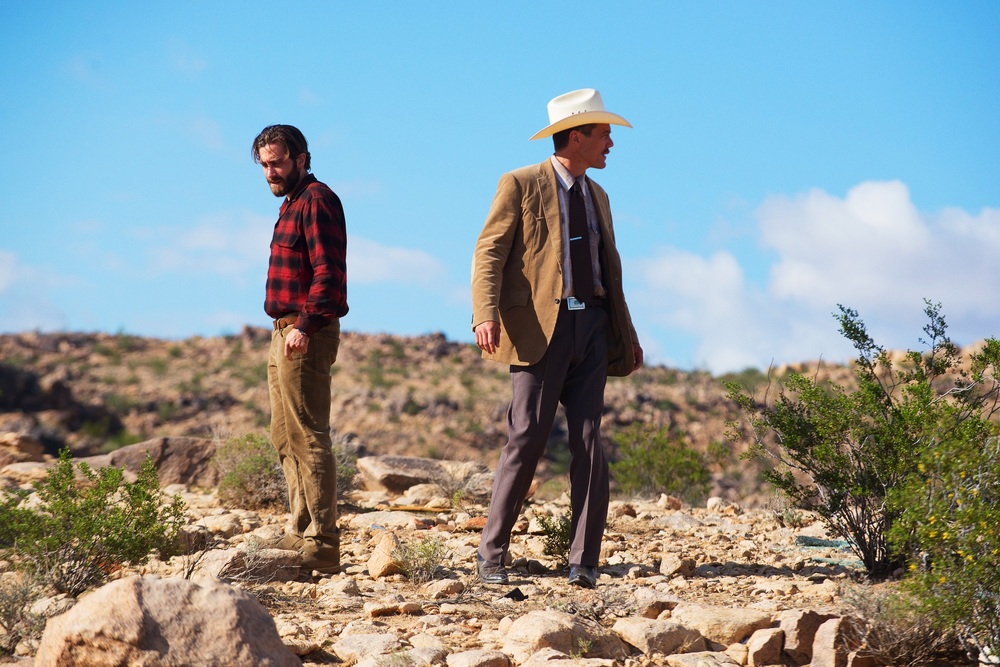
World-famous fashion designer turned filmmaker Tom Ford has already established himself as a daring, provocative filmmaker with only two feature-films to his credit. His directorial-debut – A Single Man – back in 2009 boasted a striking performance from Colin Firth and was applauded by critics. He wouldn’t follow up this effort for another seven years; however, the hotly anticipated Nocturnal Animals was worth the wait.
The narrative concerns Susan Morrow (Amy Adams) a career-woman and artist whose cold and vacuous home is at once the image of luxury, but also that of emptiness. She lives with her unloving husband, who it seems is often away on business or pursuing affairs. One morning she receives a manuscript from her ex-husband, Edward (Jake Gyllenhaal), of his new book.
The novel is titled Nocturnal Animals, and is dedicated to Susan; the title is later revealed to be one of Edward’s nicknames for his past love. Yet – as we learn – the story Edward’s telling is one very personal to them both. Reading it, she begins to fear that the words are an act of revenge – as we alter between Susan’s emotionless life and that of Edward’s fiction, parallels become painfully clear.
It prides itself on having perhaps the best ensemble cast of any film this decade so far. Jake Gyllenhaal is one of the best actors of his generation, and although his career is hardly consistent, when he gives a great performance it sticks with us. Often he stands out, but in this case it’s not so easy.
Arguably the crowning performance of the piece is Aaron Taylor-Johnson’s, bringing to the screen an antagonist so rotten and inhumane: the murderous redneck Ray Marcus. His Golden-Globe winning performance still remains such a surprise, and helps lend the film a scene which will make many feel physically sick. Those who have seen it will know.
Then, we of course have Adams, who presents the audience with a soulless image of regret and conformity, numbed by a sadness of her own design. Michael Shannon also turns in a terrific performance, proving once again that he’s one of the finest actors working today. With all of this talent coming together, it’s no shock that Nocturnal Animals offers such an exquisite ensemble that pieces together so wonderfully.
The story is breathtakingly structured, giving prevalence to emotional complexity and the themes of loyalty and patience. The direction is slick and seamless, never allowing effective commentary on art and society to detract from the intimate story at the heart of the script. It really is an extraordinary piece of work, and stands out personally as one of the most exciting films to emerge in many years, with an ending to leave you speechless.
4. Suspiria (Dario Argento, 1977)
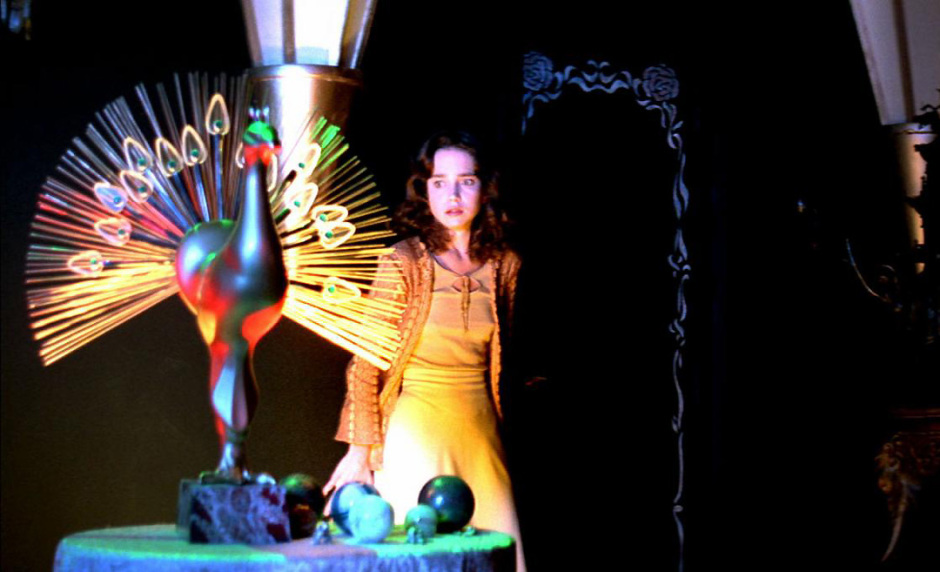
Dario Argento’s 1977 classic is often regarded as his definitive masterpiece. There isn’t anything quite like Suspiria, and nothing really that can prepare you for it. The film is a beautiful, startling nightmare – as visually impressive as any horror film ever made. Its monumental status truly earned.
Many were surprised to hear that Luca Guadagnino (Call Me By Your Name, A Bigger Splash) would be helming a remake; however, as we can now confirm, the director was correct in stating that his 2018 film is hardly a remake. He was inspired to bring to the screen an interpretation – a piece of work capturing the emotion he experienced watching the original. It has certainly been divisive, and rightly as a result, many will see this as a fitting opportunity to visit the former vision of terror.
A young American woman arrives at a prestigious German ballet academy in hopes to excel in her art-form. As things take an unexpected turn, she soon begins to suspect the grounds hold a sinister secret as a series of murders and mysterious incidents begin to signal the occult.
As Guadagnino has justifiably voiced in interviews, the narrative of Suspiria is very much secondary to the mood and tone of the piece. It is about how the film makes you feel. Argento’s audio-visual feast is a complex beast. It’s staggeringly gorgeous; the neon lights and frames soaked in deep red are simultaneously terrifying and alluring.
Through use of colour, scenes which would otherwise feel domestic are transformed into something sinister. The airport sequence is a stunning example of this: the protagonist exits an airport and gets into a cab. This sounds pretty normal; but, when imagined by Argento and with the accompaniment of Goblin’s unsettling and iconic score, you have something bordering on the traumatic.
The original, surreal Suspiria remains an absolute gem of genre cinema. Every frame is deliciously treated; a film in which every inch of its design is engineered to transfix. Although Guadagnino’s offering has impressed some devotees, his focus shifts to political contextualisation, narrative, depth, and away from the very things that made Argento’s film so memorable: purity, atmosphere, horror.
3. Y Tu Mama Tambien (Alfonso Cuaron, 2001)
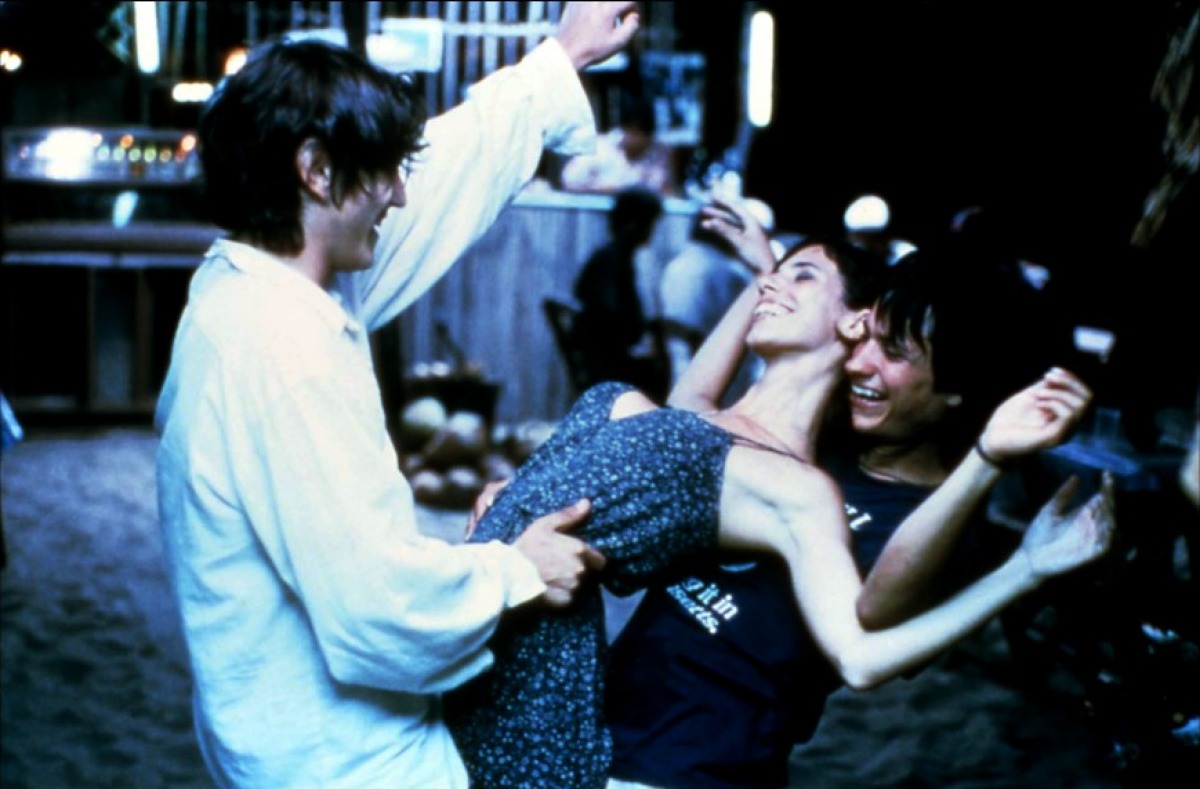
“Do you ever wish you could live forever?” asks Luisa (Maribel Verdu) to the young men either side of her, sitting comfortably on the sandy beach, staring longingly at the idyllic landscape in front of them.
Although an impossibility, the image that Mexican filmmaker Alfonso Cuaron presents the audience with evokes a feeling of eternal beauty. Beauty is something ever-present in Y Tu Mama Tambien, but as acknowledged, there is always a sadness to it. The vision of Mexico being presented “breathes with life”, but the escapism of the teen road-movie narrative is always in constant threat of being anchored by human tragedy.
Julio (Gael Garcia Bernal) and Tenoch (Diego Luna) are two best friends, appearing very much on the same page but varying greatly in terms of social class. They are two horny teenagers interested in sex, drugs and freedom. At a wedding they meet Luisa, an older woman in a neglectful relationship; according to a slap-dash coffee table quiz diagnosis, freedom is something she is too fearful to embrace.
After some bad news, she is convinced by the two teens to accompany them on a road trip to the mythical Heaven’s Mouth – a beach they have made up. Seizing the opportunity for brief escape, the trio set out on their journey.
There are two narratives being told here: Julio and Tenoch’s story, and that of the landscapes they encounter along the way. Often, the film’s images are interrupted by a sudden loss of diegetic sound, and omniscient narration invades the frame. The narrator is past, present and future, providing insight and social commentary at every turn, feeding the audience information they could never find out otherwise.
While our protagonists kick back and chat happily, we can easily be denied access, and instead we can be expected to receive knowledge of demonstrations, death, horror and inequality. In this sense, along with intimate handheld camerawork, Cuaron blends together forms of fiction filmmaking and that of documentary. It’s a difficult task, but a balance is achieved. We are always thoroughly entertained, but made painfully aware that there’s much more beyond this story than the central narrative thread would suggest.
Y Tu Mama Tambien is a masterpiece, and still stands out as one of the most important films of the twenty-first century. It offers so much wisdom in its discussion of life, death, and of course it’s deconstruction of the teenage male ego. Cuaron concludes the film perfectly, urging you to consider so much. Hopefully his upcoming feature Roma is a return to form.
2. Good Time (Josh and Benny Safdie, 2017)
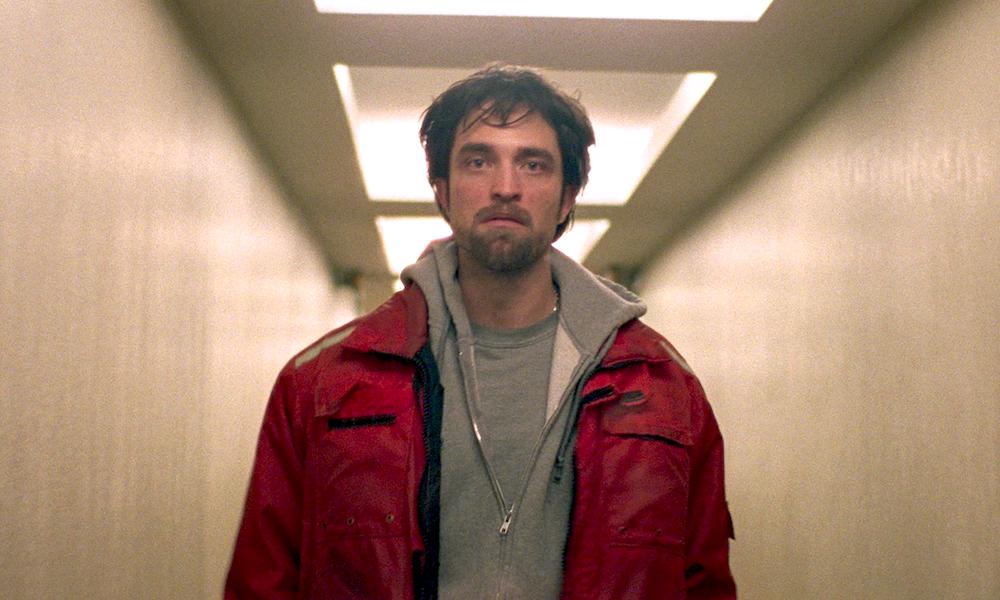
Good Time is nothing short of electrifying for every second of its run-time: from the very first shot up until the credits hauntingly conclude this tale of rescue, crime and brotherly connection.
Josh and Benny Safdie are without a doubt among the most exciting filmmakers currently working. Their breakout film Heaven Knows What was a huge surprise for many filmgoers back in 2014, praised for its bold and daring exploration into the heart and habitual lifestyle of a New York drug-addict caught up in a toxic romance. Their follow-up was even more of a hit, part in thanks to its inspired casting, frenetic energy and invigorating story.
Connie Nikas (Robert Pattinson) is our protagonist. When talking with sixteen year-old Crystal (Taliah Webster), holed out at her grandmother’s house, he confesses his belief that he used to be dog in his past life.
If this holds any truth, he died and became a wolf; hungry and on the prowl for cash. He is a man so satisfied at the unravelling of his plans that he mentally celebrates them before they even come to a close – a huge mistake. His confidence in being one step ahead of the game often threatens to result in the opposite, but being such a spontaneous being, he accepts every challenge thrown his way, and relentlessly overcomes threats of capture and conviction by the skin of his teeth. He must repeatedly shed his skin to adapt to his surroundings; costume changes are so frequent that when the hair-dye surfaces, there is a respect for his devotion to the cause, however problematic that cause may be. He loves his brother, and their complex union is at the heart of Good Time.
Everything from the music, cinematography, characters… it’s perfect, and this is filmmaking worth heralding. It would be foolish to try to predict the detours that the night depicted in Good Time will take, as these nocturnal escapades are at all times instinctively manoeuvred through an intense paranoia nibbling away slowly at Connie’s fortitude.
The lighting takes these characters on an odyssey that often dips into surrealist territory; houses and areas they visit are pierced with an assortment of artificial lights, and give the appearance that these enclosed and cramped spaces could possibly go on for miles, while at all times supporting an intense atmosphere devised of Pattinson’s unhinged glares. The night is born of a simple objective – a rescue mission – but the means to an end continues to shift with a desperation that burgeons with every failed attempt to secure bail bonds. A masterpiece of the new century, for sure.
1. The Killing (Stanley Kubrick, 1956)
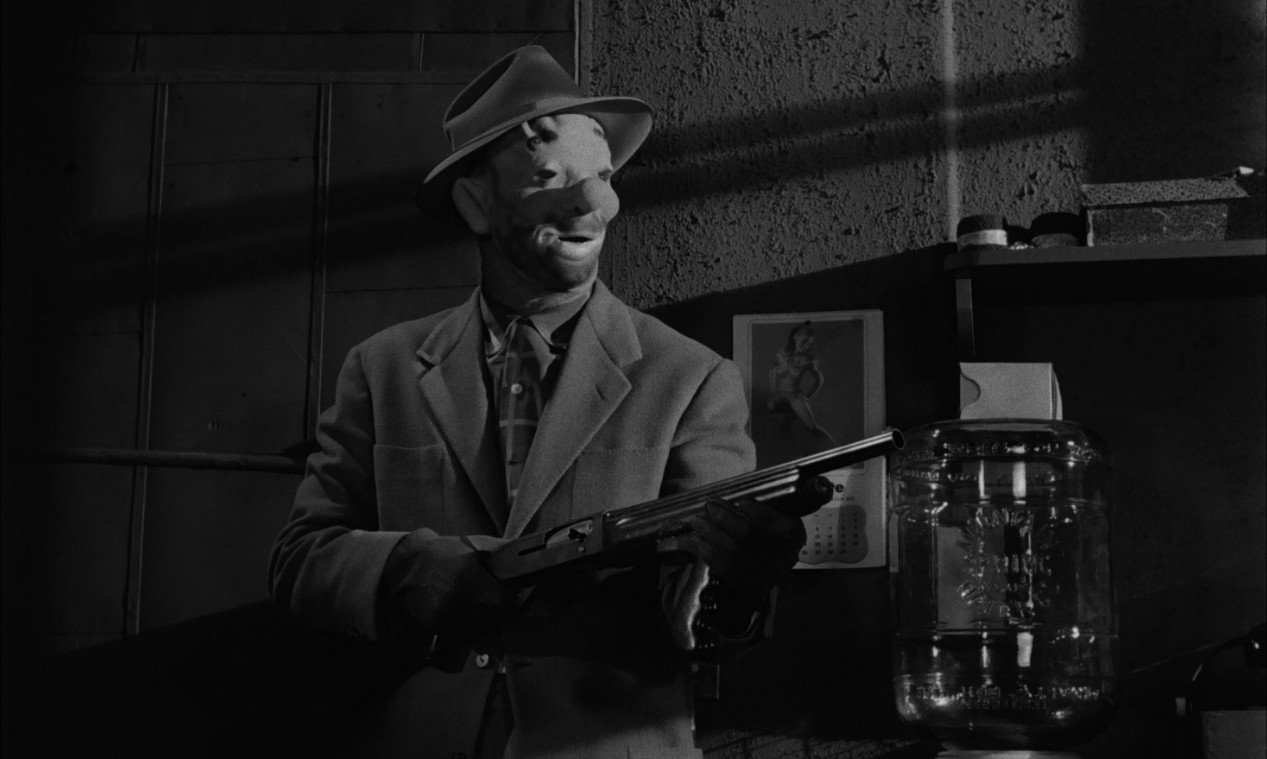
Stanley Kubrick is often cited as the greatest filmmaker of all time. For those that argue as such, the films often chosen to cite are of course 2001: A Space Odyssey, Barry Lyndon, The Shining, A Clockwork Orange; it would be easy to go on. However – although not without its devotees – 1956’s The Killing is frequently left out of the conversation.
It’s hardly the widest reflection of Kubrick’s true talent in the way that the films previously cited are, so it’s understandable as to why it’s often slightly ignored in such debate. On the other hand, it’s probably one of the most slickly structured and enjoyable examples of the American film-noir. Of course, this is quite a statement, but Kubrick’s second venture into the genre perfected by the likes of Billy Wilder and Jules Dassin is a blast from start to finish, and remains one of his most satisfying exercises.
A bunch of crooks team together to hatch the perfect robbery of a race-track for a cold $2 million. Ex-con Johnny Clay (Sterling Hayden) has the confidence to pull it all off, and we the audience cannot wait to see how he’ll do it as the preparations for the job are gradually taken care of.
The heist itself is complex and exhilarating to follow, allowing us to witness the respective role that each cog plays in ensuring a smooth execution. It’s a great textbook of noir filmmaking, laced with great performances – particularly from the excellent Timothy Carey – pacing and an accomplished visual style.
Kubrick exhibited greatness early in his career. His 1955 sophomore effort Killer’s Kiss showed such promise, and even today there are elements of the production that foreshadow the career he went on to have; depicting a world of humans as pawns, mannequins, disposable bodies.
It wasn’t until 1956 that he truly proved himself as an emerging filmmaker to attentively keep an eye on. Since then, he has made cinema we cannot take both eyes away from. The Killing is the first masterpiece from one of cinema’s most praised masters, and it continues to entertain us today.